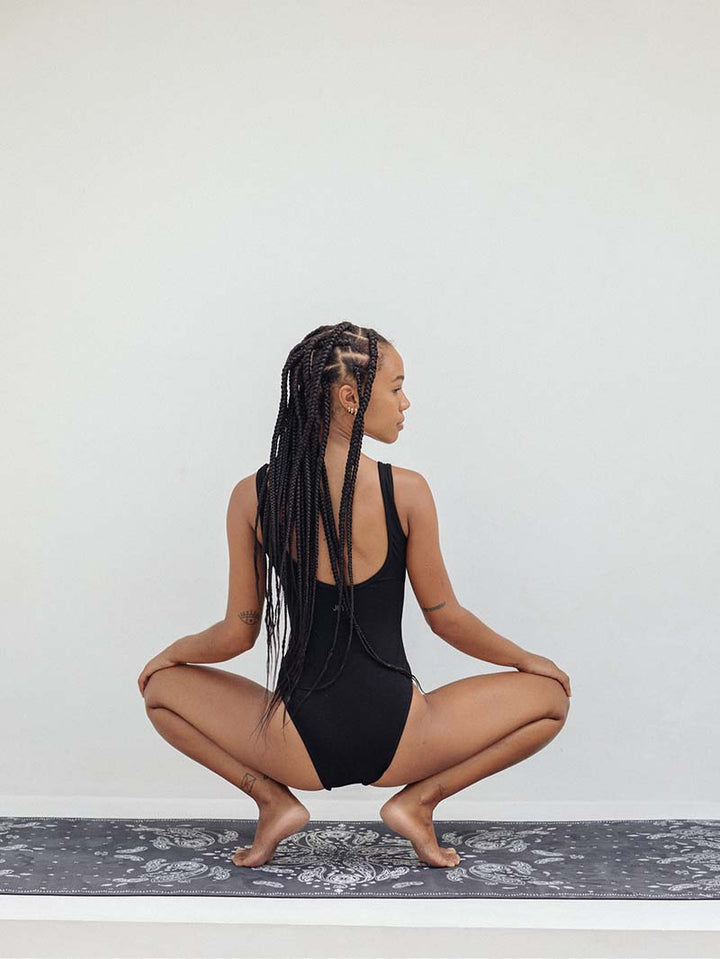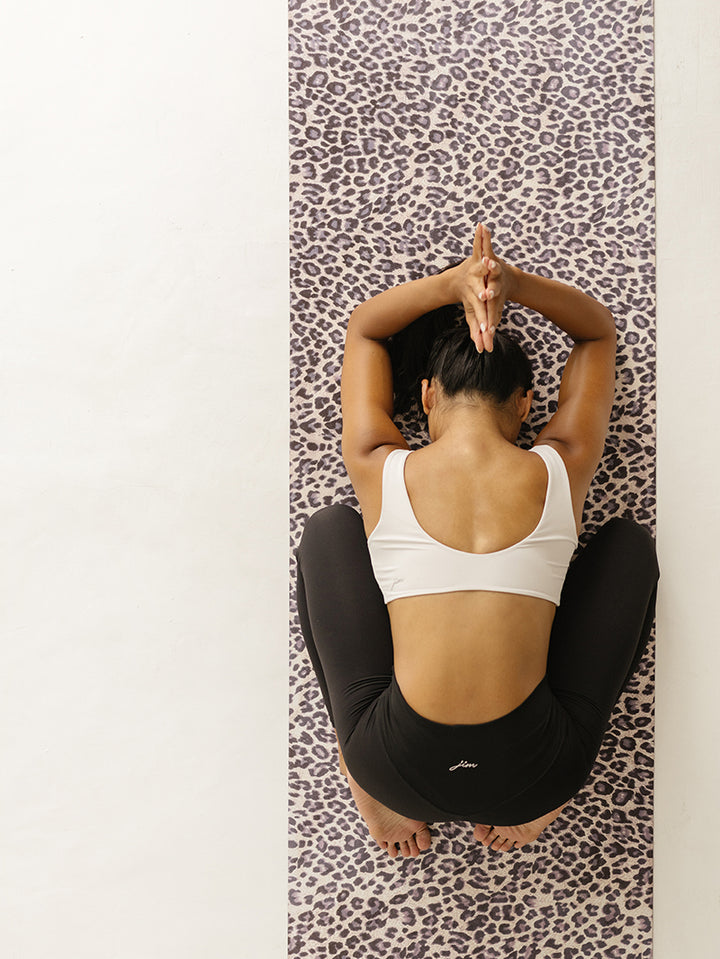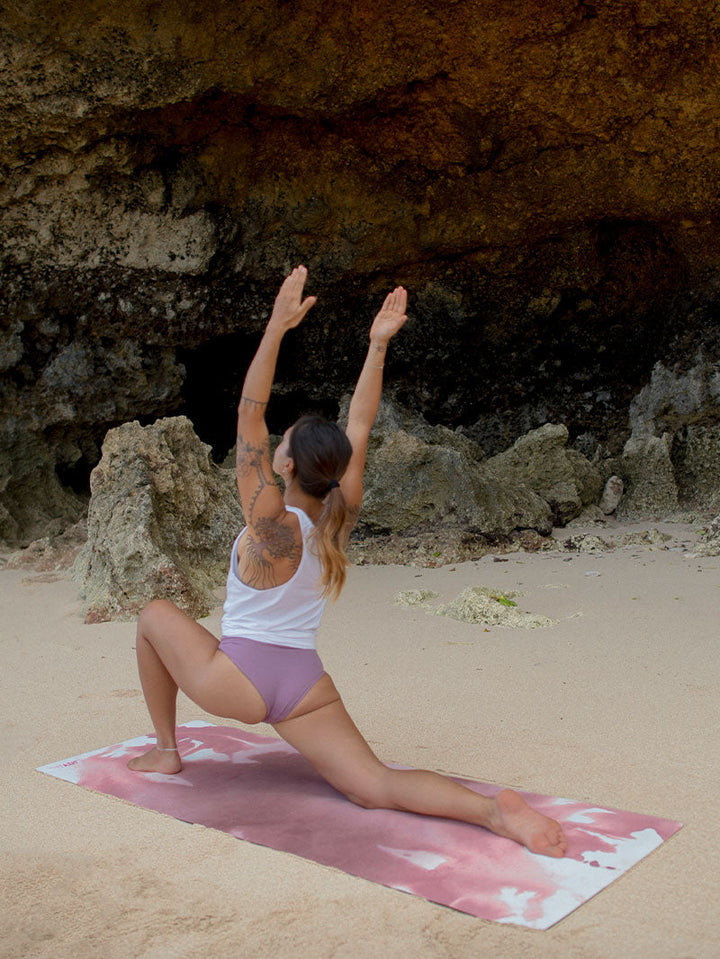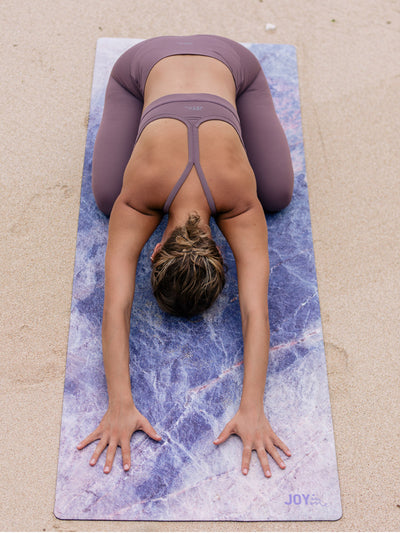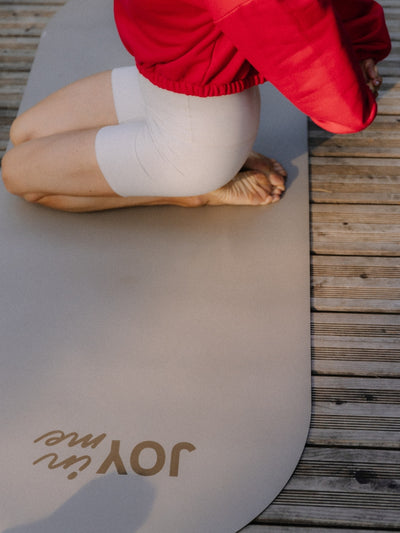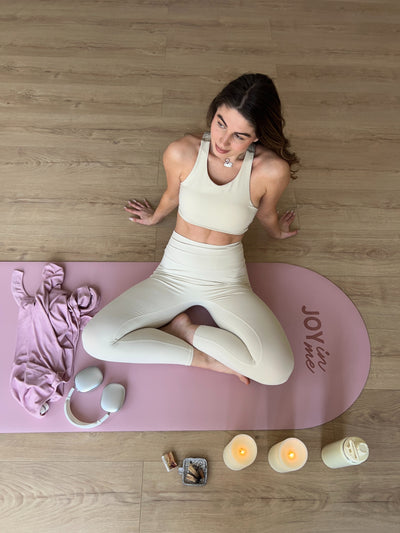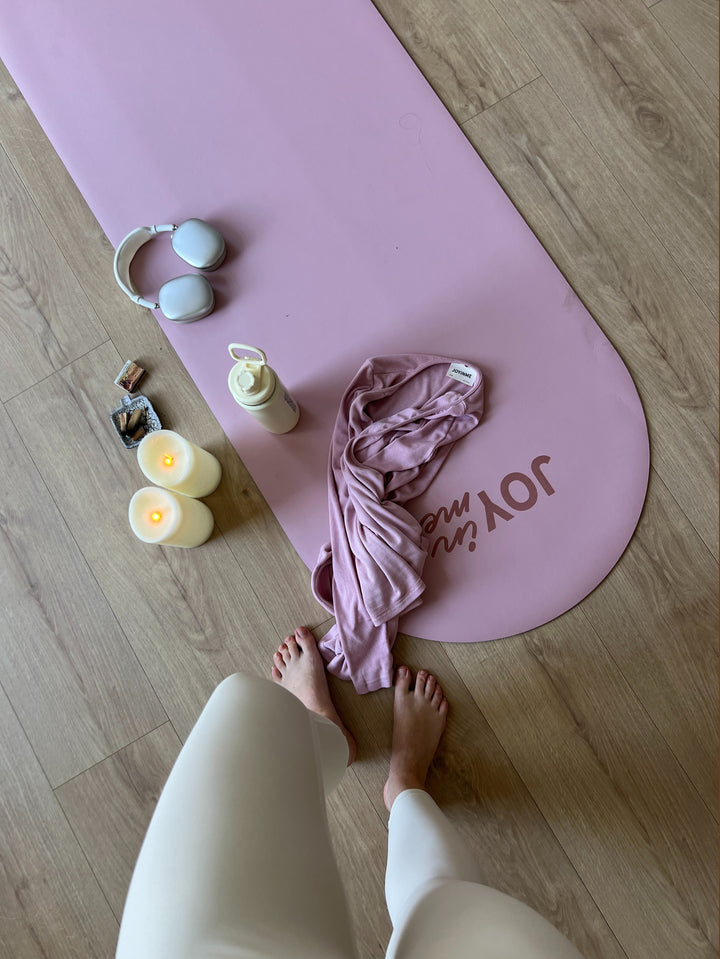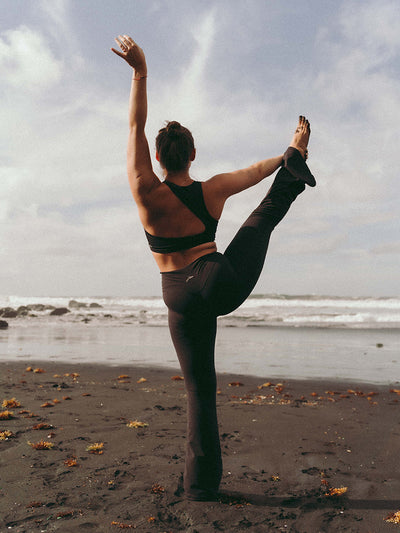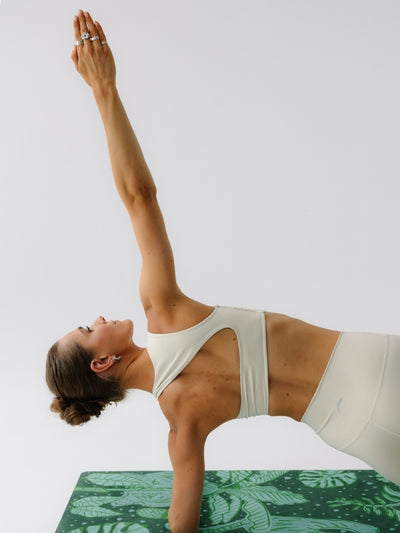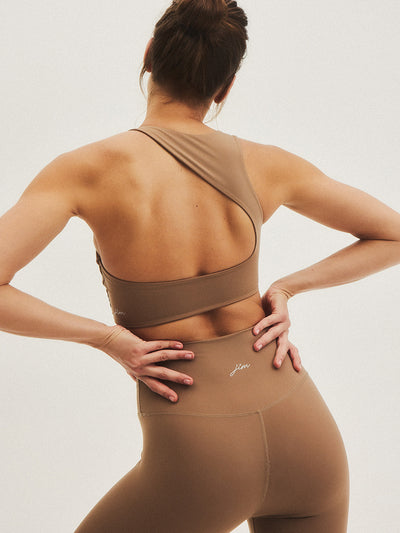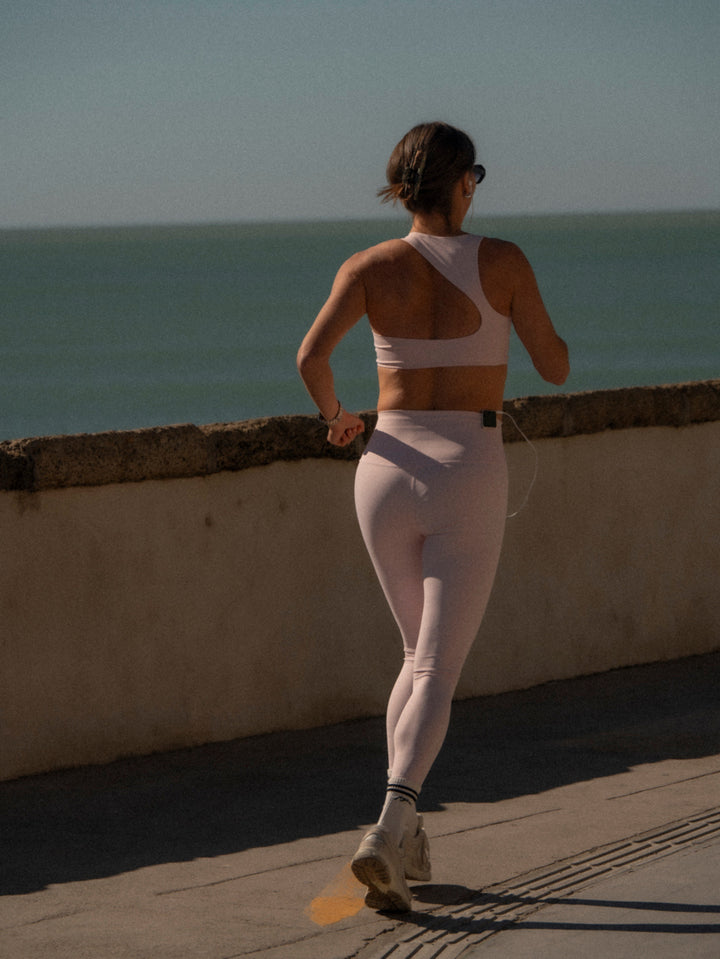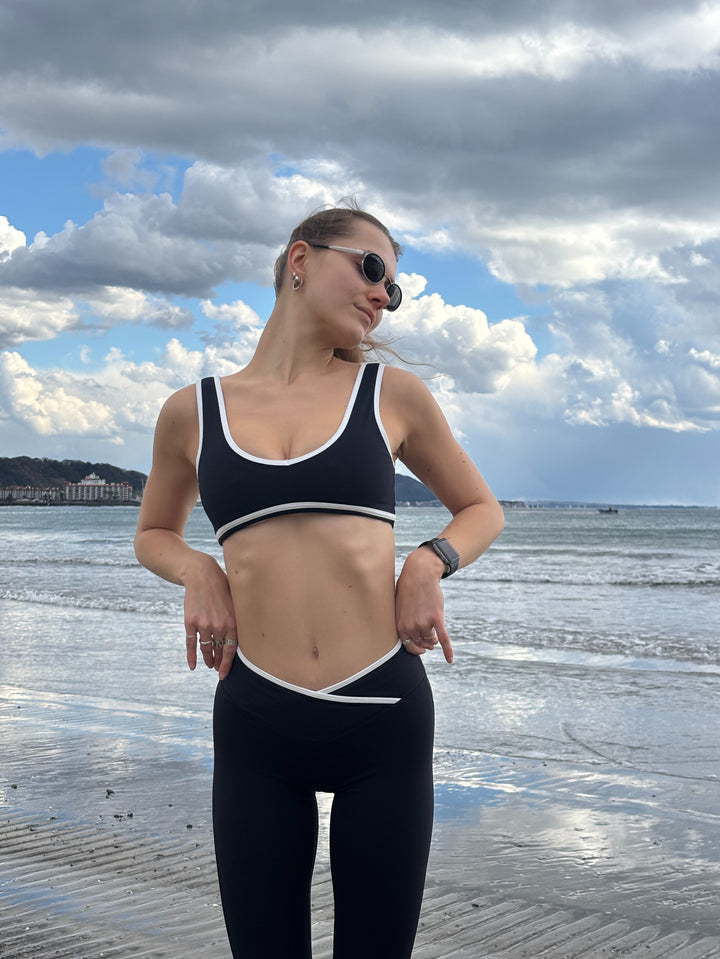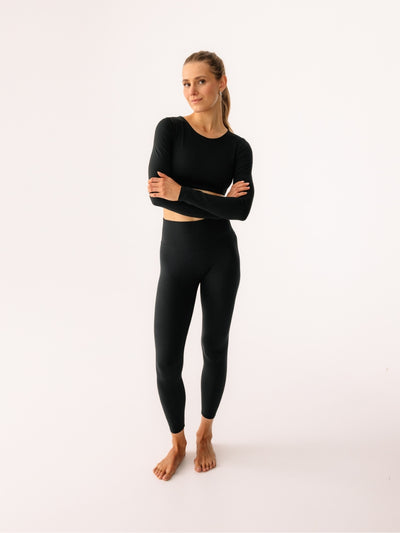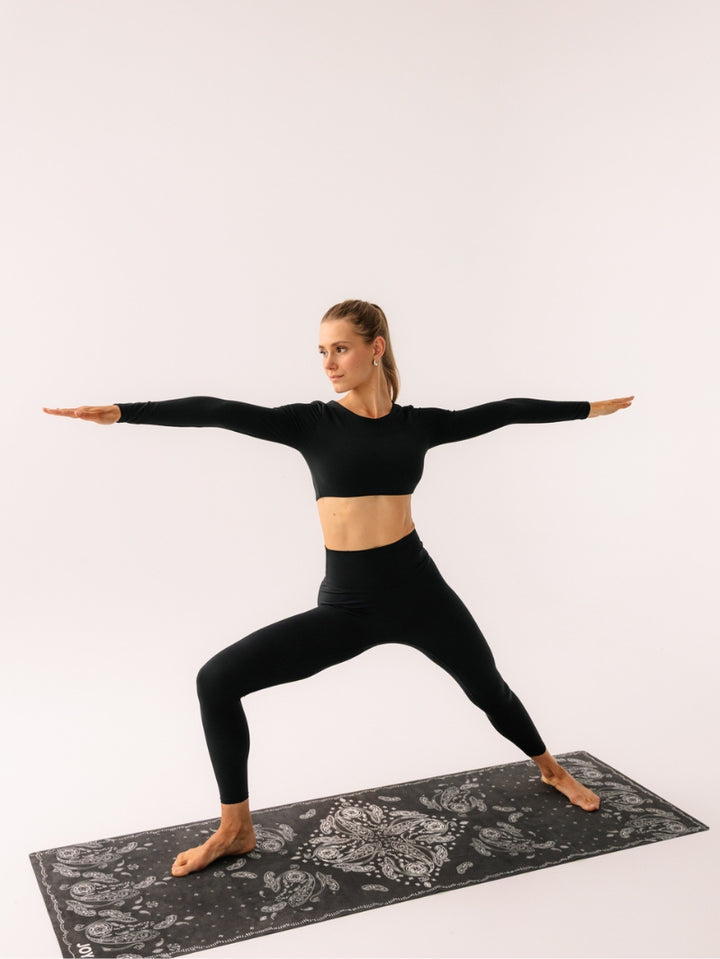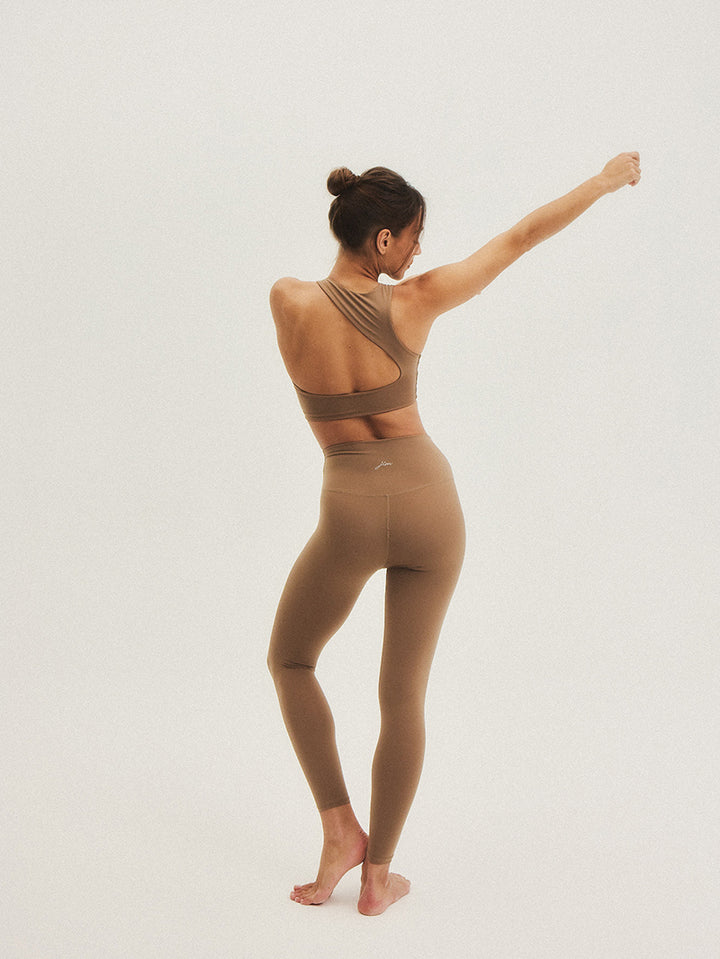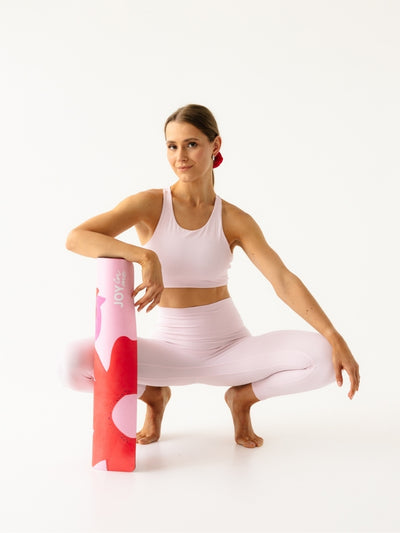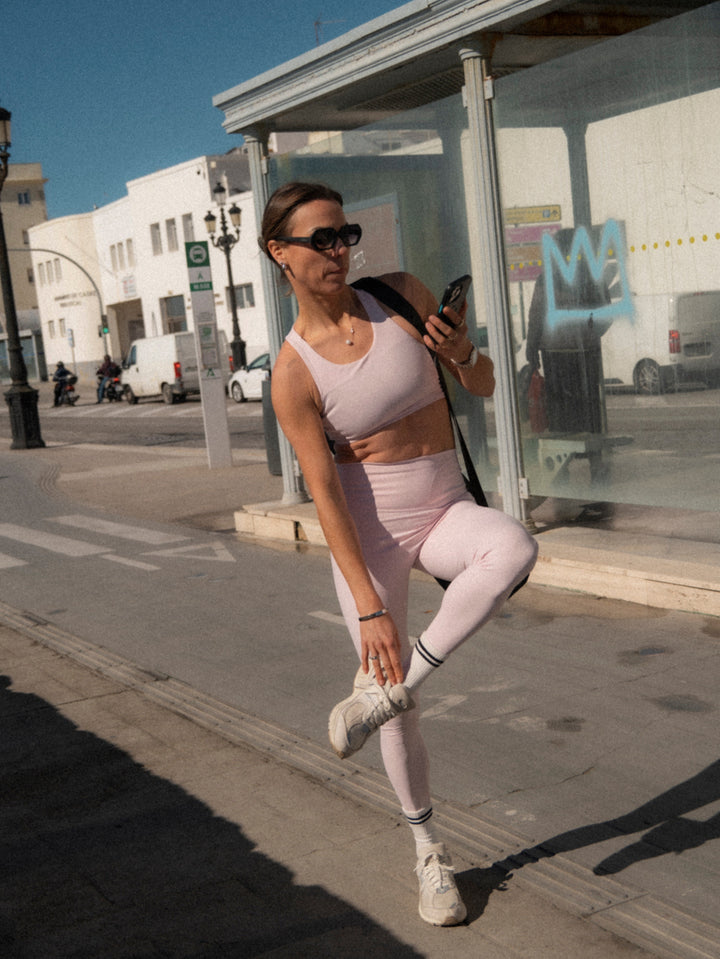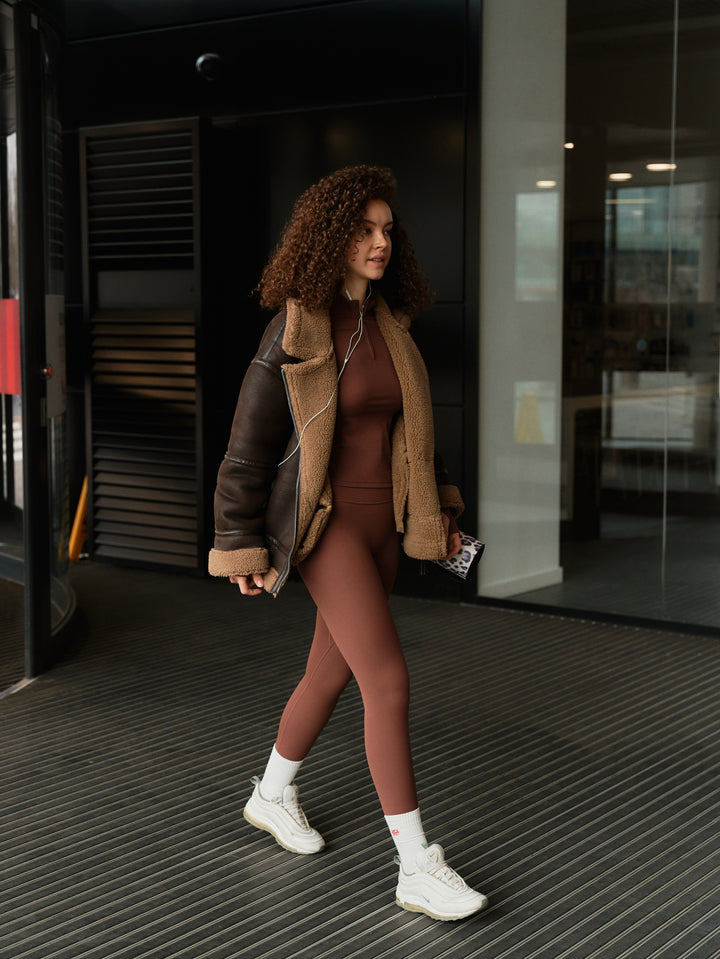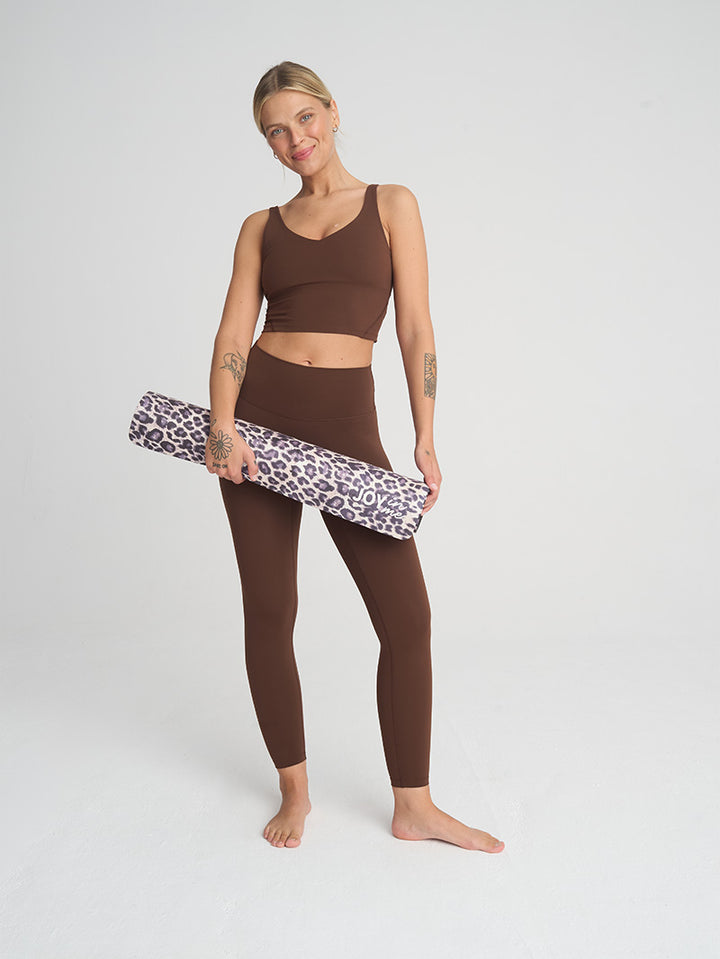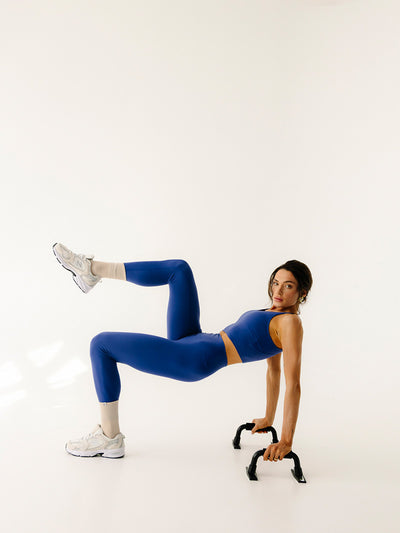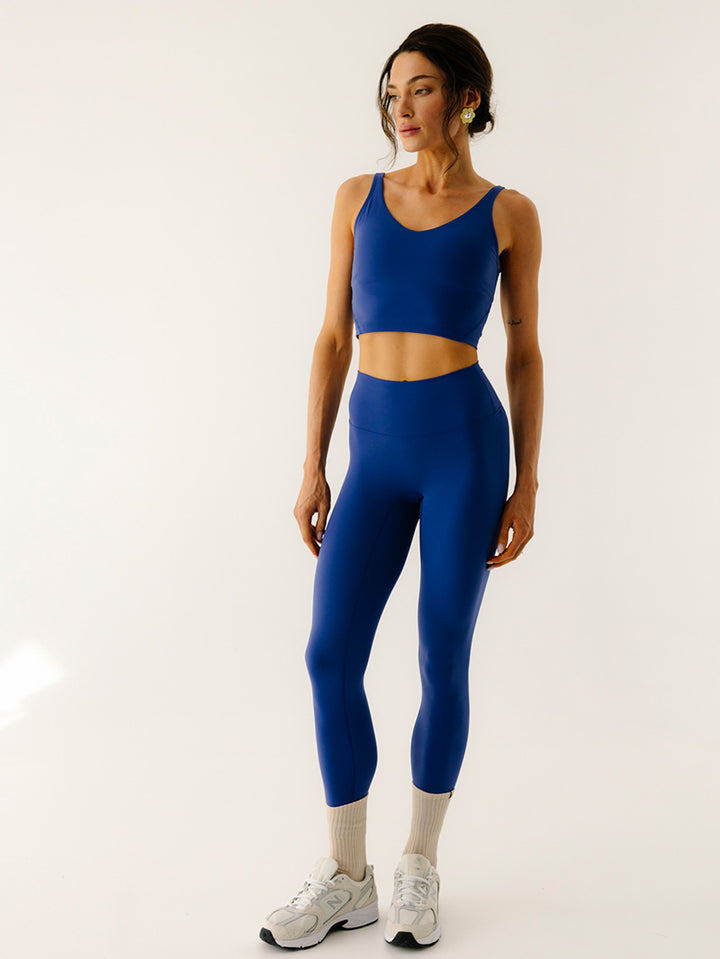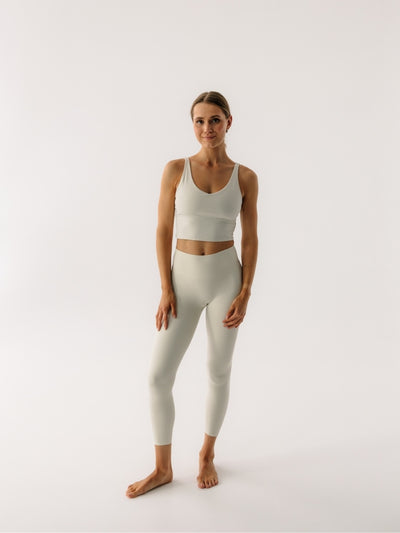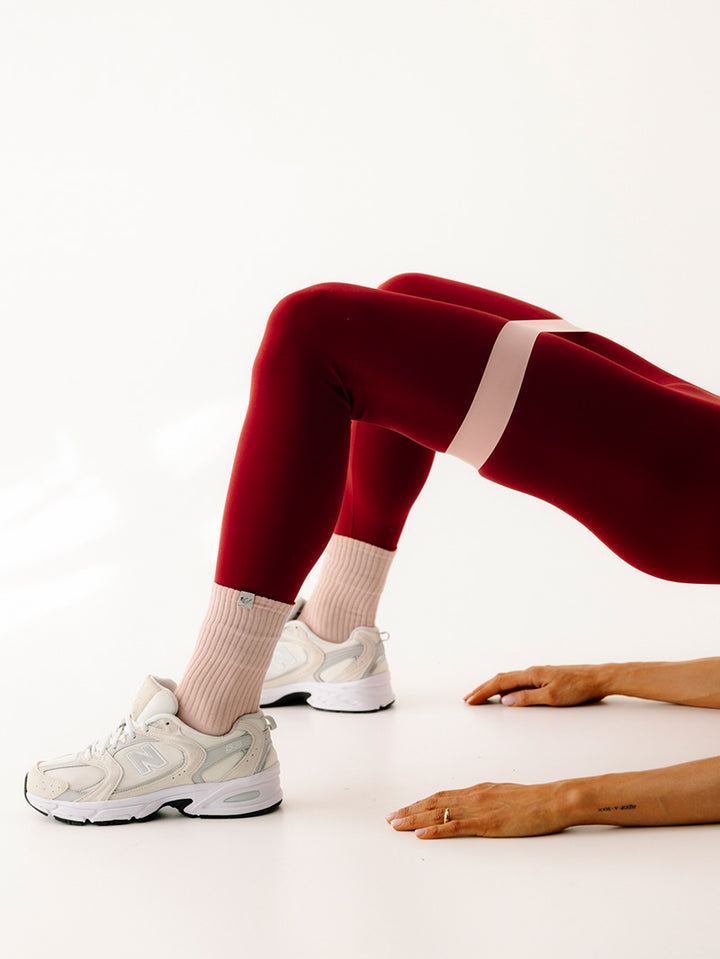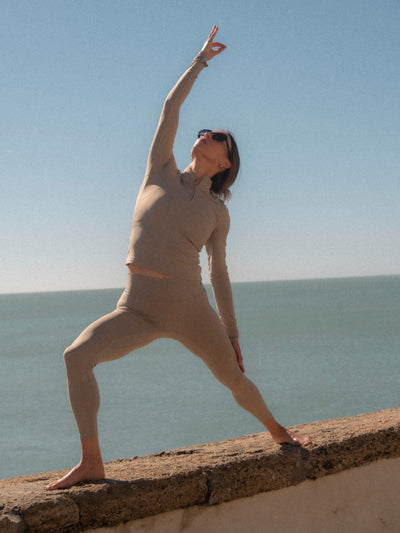Pilates – spine exercises for everyone
A sedentary lifestyle, lack of physical activity, and prolonged stress lead to strain and discomfort. Many people today struggle with back pain and spinal problems. Maintaining adequate exercise benefits the entire body. However, it's important to adapt your activities to your lifestyle. In this case, Pilates is a good solution. It's a universal exercise method that not only strengthens the body but also helps maintain a healthy spine.
Why is Pilates good for back problems?
Pilates effectively strengthens core muscles and improves posture, and regular practice helps stabilize the spine. It's a form of exercise characterized by a focus on movement control, precise postures, and smooth transitions . Although the exercise requires full commitment, unlike weight training, it is considered safe for people with health issues.
Compared to yoga, which focuses on flexibility and relaxation, Pilates places more emphasis on activating core muscles and improving stability .
Pilates for a healthy spine – basic rules of safe training
Pilates doesn't require specialized equipment, but it's worth stocking up on a few basic yet versatile items . What will you need during your workout? Of course, an exercise mat , thick enough to cushion your movements and ensure comfort.
Comfort is key, so your Pilates outfit shouldn't feel restrictive. For Pilates, it's best to wear clothes that are flexible and form-fitting— a fitted top and comfortable leggings are a good choice. As with any workout, you should also warm up to stimulate circulation and prepare your muscles for the workout.
During Pilates , proper pelvic alignment is crucial to ensure proper posture and spine protection . Stabilizing the core, or core center, helps avoid overexertion, while precise exercise technique reduces the risk of injury.
Pilates – spine exercises for beginners
Pilates may seem challenging at first, but if you start with simple exercises and take the time to learn proper technique, you'll quickly notice improvements in your strength and flexibility . Learn more about exercises designed for specific spine areas.
Pilates exercises for the cervical spine
The cervical spine is responsible for head mobility and upper body stabilization. Many people struggle with tension in the neck and nape of the neck. The cause? Sitting at a desk for long periods is common. The following exercises will help reduce tension and improve posture.
Head Nods
-
Lie on your back.
-
Bend your knees, placing your feet hip-width apart.
-
Tilt your chin gently towards your sternum while nodding.
-
Return to neutral position.
Neck Rotation
-
Sit up straight or lie on your back.
-
Gently turn your head to the right and try to look behind you.
-
Return to the center and move left.
Pilates exercises for the thoracic spine
The thoracic spine is responsible for stabilizing the trunk and supporting proper posture. Limited mobility can lead to back pain and shoulder tension, so it's worth focusing on improving trunk rotation and thoracic flexibility—you can achieve this with the exercises below.
Spine Twist
-
Sit with your legs straight, arms extended to the sides.
-
Turn your torso to the right, keeping your hips still.
-
Return to the center and move left.
Thread the Needle
-
Get on your knees and raise your right hand up.
-
Place your arm under your left arm, resting your shoulder on the mat.
-
Hold the position and then return to the starting position.

Pilates exercises for the lumbar spine
Strengthening your lumbar spine helps prevent back pain and improves the stability of your entire torso, including your lower back and pelvis.
Bridge
-
Lie on your back.
-
Bend your knees and place your feet hip-width apart.
-
Lift your hips, squeezing your buttocks.
-
Slowly lower your hips to the mat.
Single Leg Kick
-
Lie on your stomach.
-
Rest your forearms on the mat.
-
Lift one leg and do two short kicks.
-
Change leg and repeat the movement.
Exercises for the mobility of the entire spine
By incorporating exercises that engage all sections of your spine into your daily routine, you'll improve your overall mobility. Performing the following poses will also improve flexibility and body awareness.
Cat-Cow Stretch
-
Get into a supported kneeling position.
-
Inhale – lift your head, arch your back down.
-
Exhale – round your back, lower your head.
Swimming
-
Lie on your stomach and then stretch your arms out straight.
-
Alternately raise the opposite arm and leg.
-
Perform the movements dynamically, keeping your core tense.
How often and how long should you practice Pilates if you have back problems?
How to get the best results? Simply exercise regularly. You can start with one or two sessions a week, for example, 30-45 minutes long. If you're looking to energize your body, try exercising in the morning. Pilates in the evening helps loosen up tense muscles after a long day.
Pilates pairs well with other forms of exercise, such as yoga, walking, or swimming . Before beginning your exercise journey, be sure to consult with a physiotherapist or instructor to select the appropriate workout for your individual needs.




